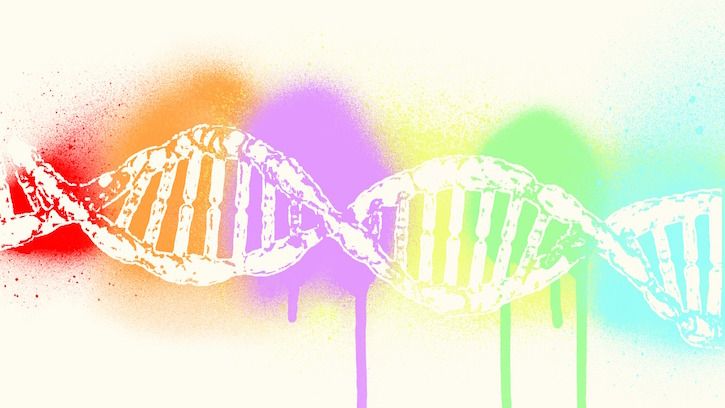2M Computer Processing Hours Help Unearth New Autism Insights
Researchers used whole genome sequencing to identify a genetic signature for the disorder.

Researchers might be a step closer to recognizing the genetic abnormalities at autism’s core, according to a new study. And they got there by gathering and interrogating data from more than 500 kids with autism and their families.
The report, published late last month in the journal Cell, found patterns in the children’s genomes, which exposed a new genetic signature for autism, according to the document. The Howard Hughes Medical Institute (HHMI), whose investigators undertook the examination, wrote that the signature might shed light on autism cases that lack other genetic markers.
“In 5 to 10 years, whole genome sequencing could be the most informative tool for autism diagnosis,” Evan Eichler, PhD, an investigator for the University of Washington-based organization, said in a statement. The recent findings, he said, could drive that effort, if they are replicated. That’s especially true as whole genome sequencing—which lays out a patient’s genetic information—becomes less expensive and more widespread, according to the institute.
But how did the researchers get to this point? Data—and the right kind of data.
New York Genome Center researchers, including HHMI’s Robert Darnell, sequenced the genomes of 516 kids with autism, according to the study. Their families had no history of autism, and no tests had detected any genetic abnormalities. The research team also sequenced the genomes of their parents and siblings, totaling 2,064 people.
“With so many families to study, the effort was a massive undertaking that required 2 million hours of computer processing time,” Tychele Turner, a postdoctoral fellow who works with Eichler, said in a statement.
Data analysis spanned roughly 1 year, according to HHMI. During that time, the researchers identified “genetic changes that disrupted gene function” and ultimately transformed protein production. What’s more, the study dug up previously overlooked genetic deletions and alterations in parts of the genome that are designed to turn on genes.
Contained in the Simons Simplex Collection database, the information and its changes are now marked as a means to help guide other researchers, according to HHMI.
In the end, researchers found that people with autism were more likely to have 3 or more genetic variations, meaning that could be a contributing factor to the disorder, according to the study. Even so, Eichler warned, researchers must work to reproduce the findings before specific genes inform diagnoses.